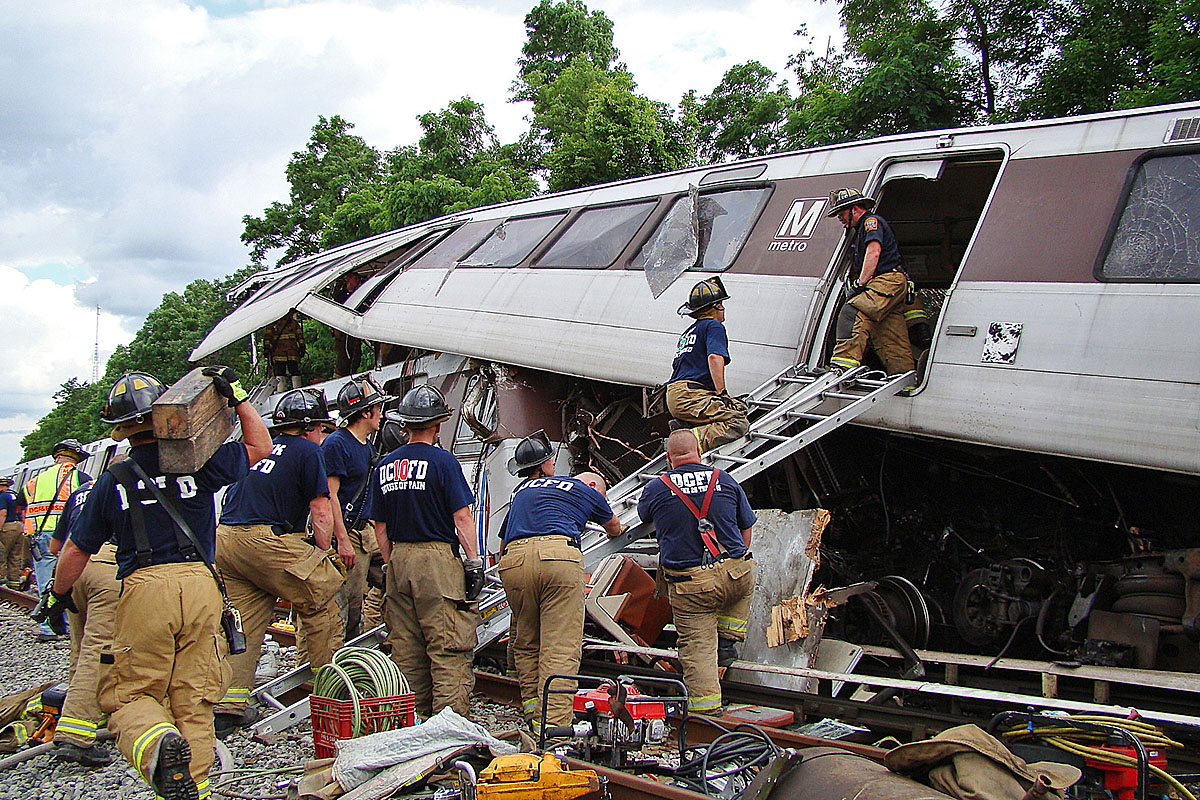
This story originally appeared in the May 2012 issue of Trains Magazine.
Train wreck
Two very similar passenger trains approach a standing locomotive at slow speed in an over-under video produced by the John A. Volpe National Transportation Systems Center in Cambridge, Mass. On impact, one train crumples with the lead car, but stays in place (mostly on the track). The other train crashes into the standing engine, the lead locomotive overcoming it and heaving into the air. The former had crash energy management technology built in, while the latter was a standard Tier I passenger car designed decades ago and approved for use on all U.S. rail systems.
Now imagine that the idle locomotive was a stalled tractor-trailer at a grade crossing, a tree limb felled by a storm, or maintenance-of-way equipment that failed to move off the main track in time.
“If you look at what train accidents are, there are train-on-train, grade crossing, and derailments,” says David Tyrell, a senior research engineer with the Volpe Center. Many types of crashes won’t be preventable even with positive train control.
Robert Lauby, acting associate administrator for railroad safety and chief safety officer at the Federal Railroad Administration, agrees that crash management technology and PTC are complimentary and not substitutes for one another. Railroad systems in Europe and elsewhere already employ both PTC and crash management technology. Current work at the Volpe Center and elsewhere would make both technologies better reflect the realities of the U.S. rail network.
“PTC works great until you have a system failure. You still need to have a strong structure to protect passengers and operators,” Lauby says, adding that the U.S. standards will start where others have left off. Call it, “European standards – plus. Save for the Australians, we’re taking [European] work and trying to improve upon it.”
Tyrell cites a Washington, D.C., Metrorail crash in June 2009 that was the result of a train-control system failure that allowed two trains to collide head-on, killing eight people and injuring 80. In June 1998, an Inter-City Express train crashed in Germany, killing 101 people when a fatigue crack in a wheel caused the train to derail at a switch — a condition PTC could not have predicted or prevented. Slow-speed movements, like the kind near a passenger depot or in switch yards, are also outside the useful scope of PTC, he says.
Crash management technology
In January, representatives from the Volpe Center gave a presentation on crash management at the Transportation Research Board’s annual meeting in Washington, D.C. Their report demonstrated that a passenger railcar using crash management technology and meeting alternate FRA standards could survive at least as well as one designed to meet current Tier I regulations: 800,000 pounds applied in one direction along a car coupler-to-coupler without permanent damage. Alternate standards enable researchers to apply the force at different angles on the passenger railcar, as might occur in a derailment or if the car is struck from the side, what researchers call “collision load path.”
The alternate standards (800,000, 1 million, or 1.2 million pounds in a single collision load path) would allow a car manufacturer design flexibility to meet changing needs and situations. As the weight of the force increases, so does the allowable damage, from not permanently deformed at 800,000 pounds to “without crippling” the car with a 1.2 million-pound impact – as long as the interior, where passengers are, remains safe. “It’s one piece of a much larger picture. There are 13 regulations for Tier I compliance,” Tyrell says. His published research covers just one element, but a necessary one. “All the others hinge on it.”
Others standards include how and when a car’s roof will come apart in a collision and if passenger seats stay in place well enough to be safe during and after a crash. For Tyrell and fellow engineers, evidence that alternate crash-test methods and standards are OK enables better research into shock absorbers, interior design, and use of innovative materials.
For FRA’s Lauby, the research is another barrier crossed in seeking U.S. high-speed rail. The administrator said alternate Tier I passenger rail car standards that define safe construction up to 125 mph will set the state stage for Tier III or high speed rail passenger cars traveling up to 220 mph.
“We’re working really hard to get ahead of the curve,” Lauby says, mentioning future projects in California. “All these suppliers need answers … someone is going to have to bid on, understand what we need, and what this country needs, to move forward. The engineering task force has 10 carbuilders involved trying to answer questions one at a time.”
Despite having alternate railcar safety rules, the U.S. doesn’t have equipment meeting the alternate rules for revenue service. He says just one manufacturer, based in Europe, expressed interest in building to the alternate Tier I standards on a U.S. light-rail network. And even if that passenger car manufacturer follows through on its plans, the standard will apply only to sets of like passenger cars strung together. The talk of mixing cars of different standards is far down the road.
Computer simulations could prove most useful in the short run. Technology, along with alternate approaches, enable him and his co-workers to do “fewer tests – less expensive tests and a broader range of design,” Tyrell says. “What we’re doing is a lot more computer simulation and much less destructive testing,” similar to what the U.S. automobile industry started in the 1990s.
The big difference, of course, is that trains are heavier and have so much more mass than an automobile that the crash forces created are enormous. And, Tyrell says, cars and trucks tend to stop quickly when they collide. Trains often have enough momentum to continue for hundreds of feet to fractions of miles before stopping. That’s not the only challenge.
“The hardest thing for us to cope with is material failure. If you’ve got a crushed car, a crack can form and a crack can start to propagate,” Tyrell says. “It requires that you understand how material behaves.”
To deal with the uncertainty, he uses computer simulations to study variations of design and placement on couplers, wheels, shock absorbers, nuts and bolts, even seats and metal alloys, to get a handle on how all of it will behave when wrecked.
Then again, even the best computer simulations can give only educated guesses as to what any material or piece of equipment will do in a given situation. So when they have made simulations as realistic as they can, and engineers have put forward their best design, perhaps the only way to know for sure that equipment is safe is to allow Tyrell and fellow engineers to create what they know best: a train wreck.
For more on train derailments and rail safety, check out our special edition, Train Wrecks Vol. 2.






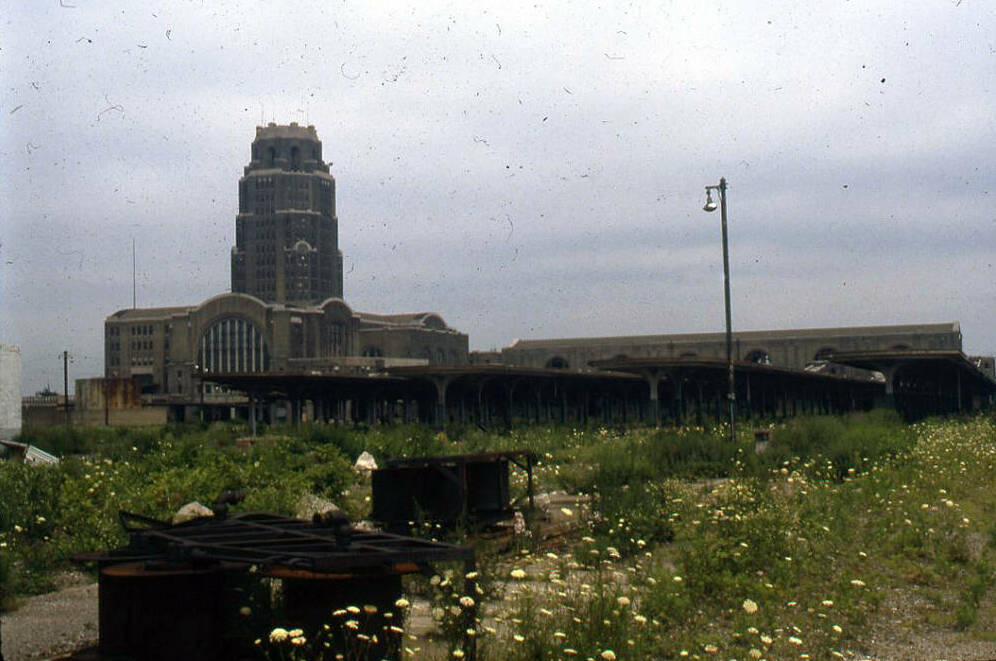
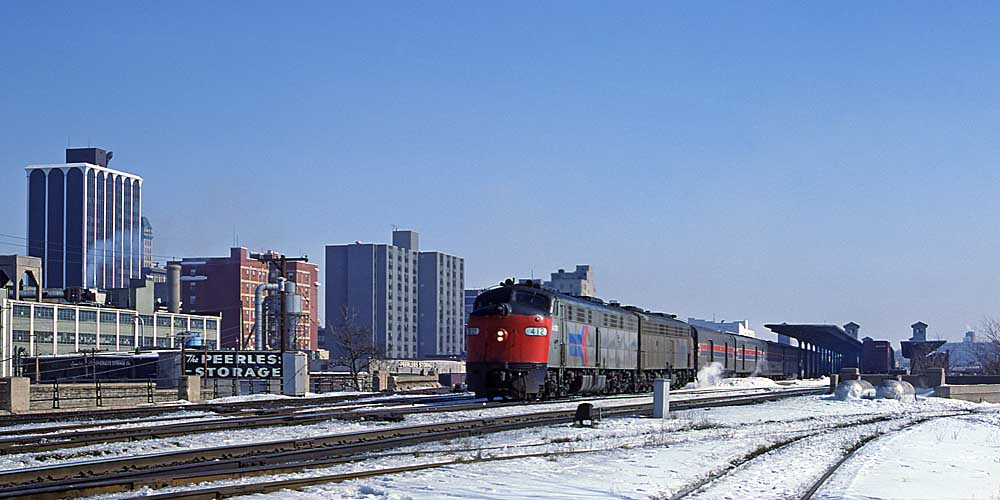
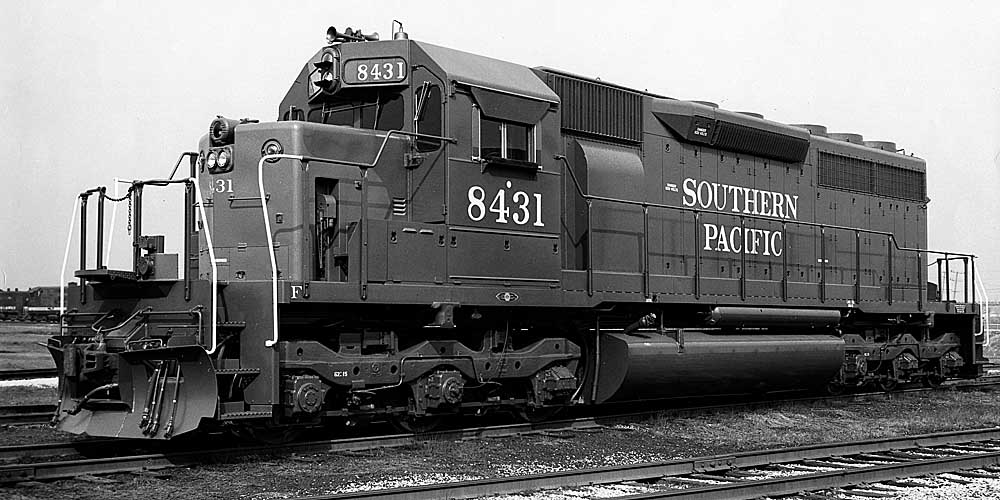
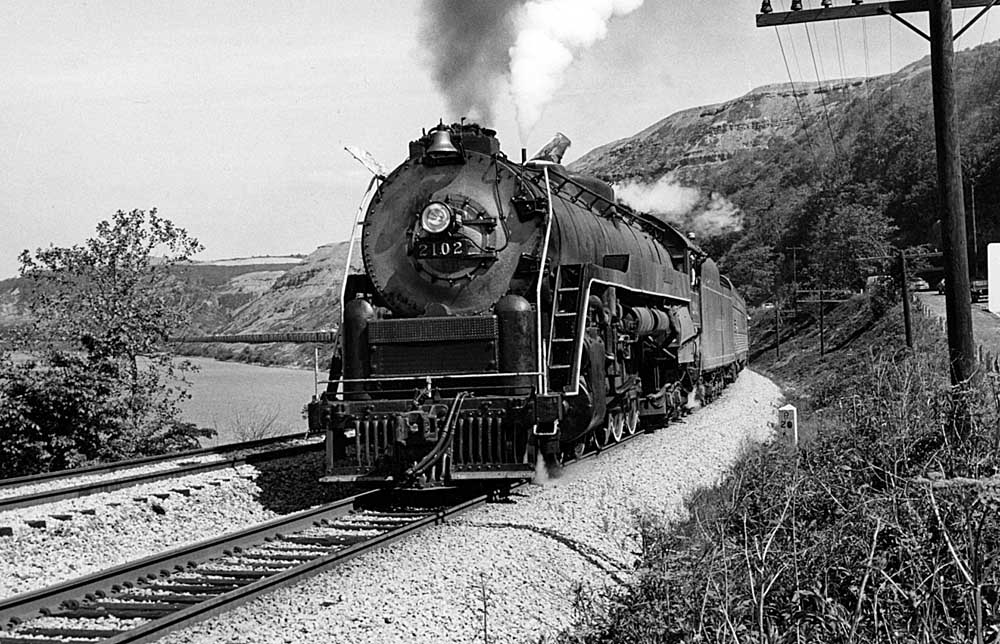




No matter how comprehensive or sophisticated a safety system is designed there will always be some fool who will accidentally subvert the system. A prime example being the Amtrak crash in South Carolina in automatic block signal territory where the system had been deactivated and some fool left a facing switch locked in the diverge position which diverted the approaching Amtrak into the siding to crash into a parked freight.